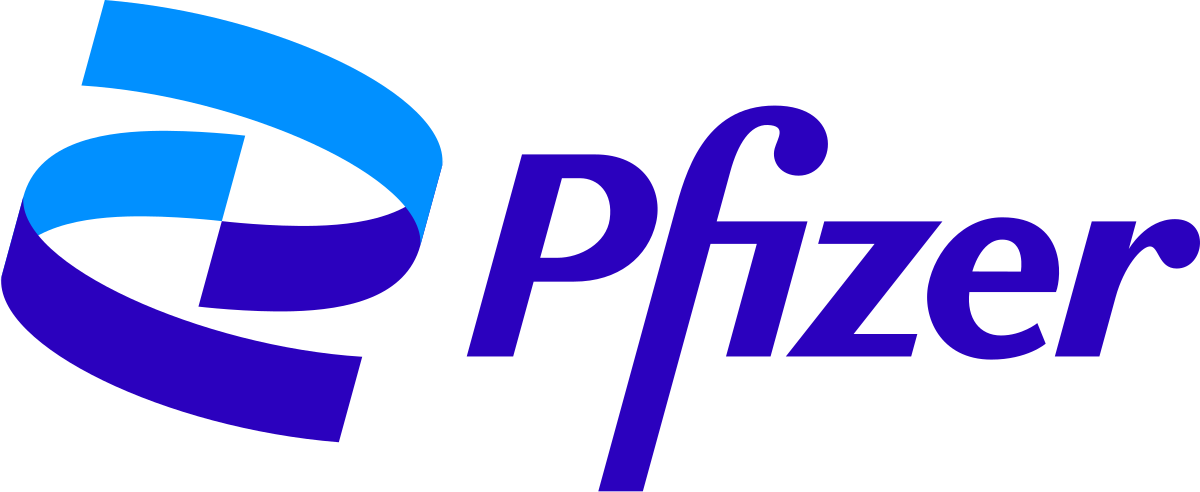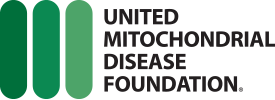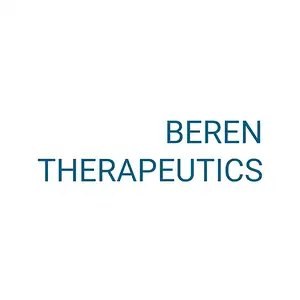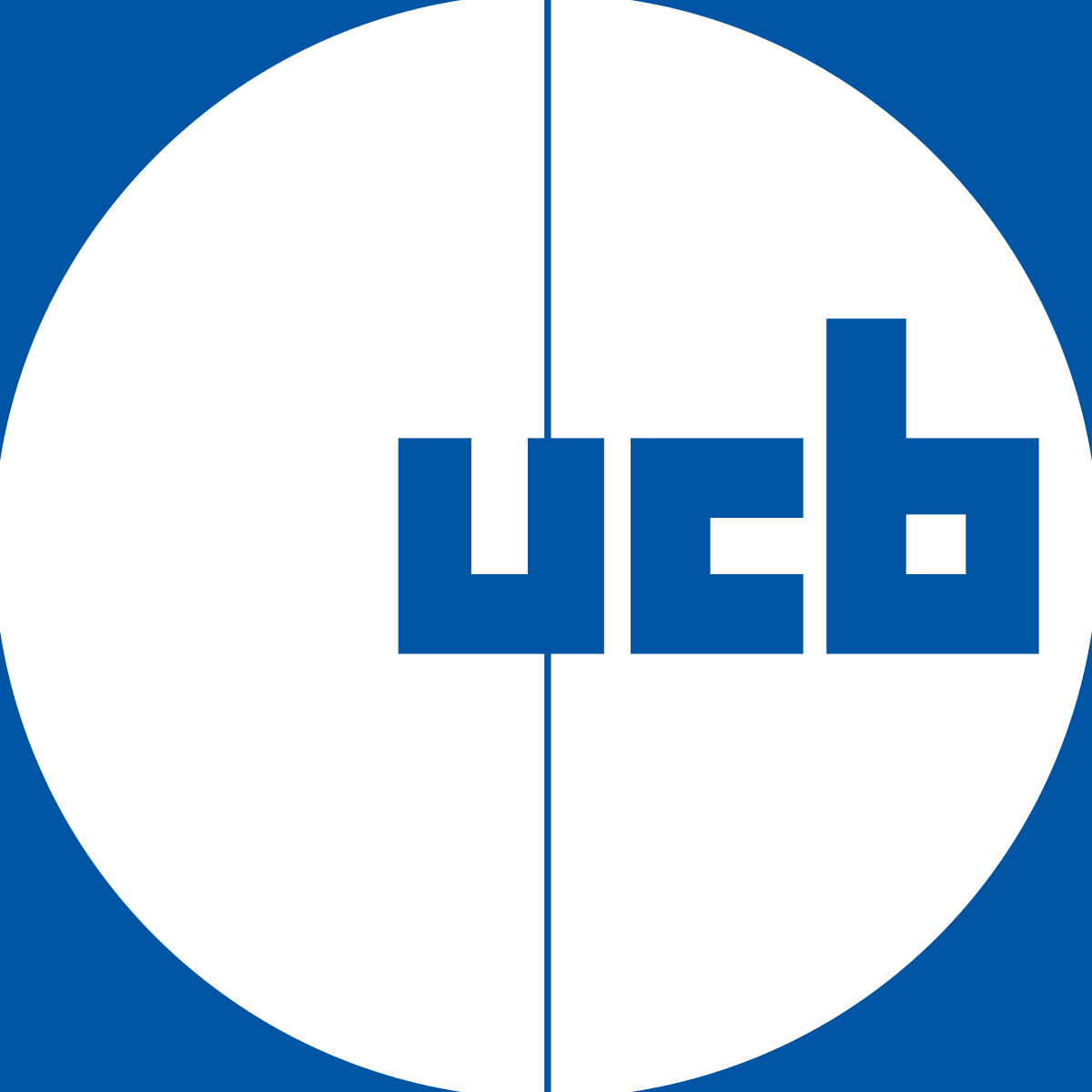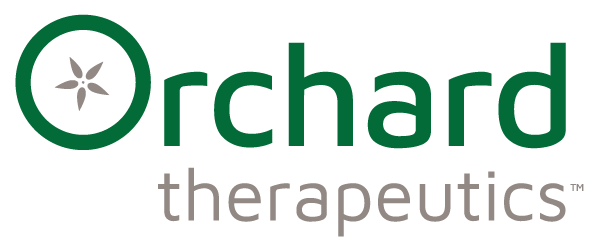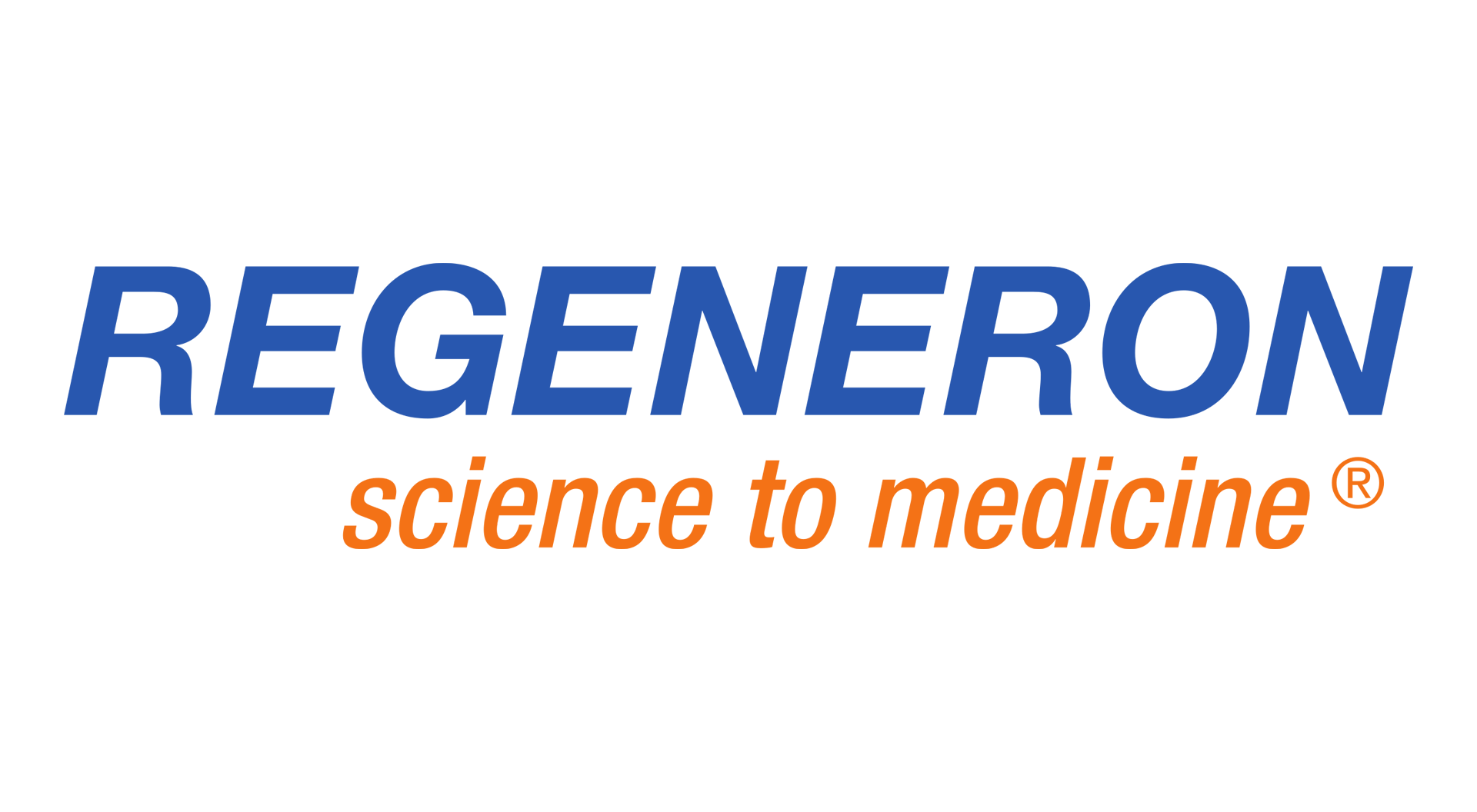WE KNOW RARE.
WE THINK RARE.
We improve rare drug development and commercialization for industry and the families they serve.
For us, it’s personal.
Who We Are
Individually we are scientists, planners, creatives, writers, entrepreneurs, thinkers, and doers. We are also the parent of a child with a rare disease, we are the friend and family member of someone living with rare disease, we are the caregiver, we are the carrier, we are the face of rare disease — together, we are rareLife solutions.
Rare is personal
We have broad expertise and experience across more than 65 rare indications, including a growing list of oncology indications. We offer rare compassion and focus.
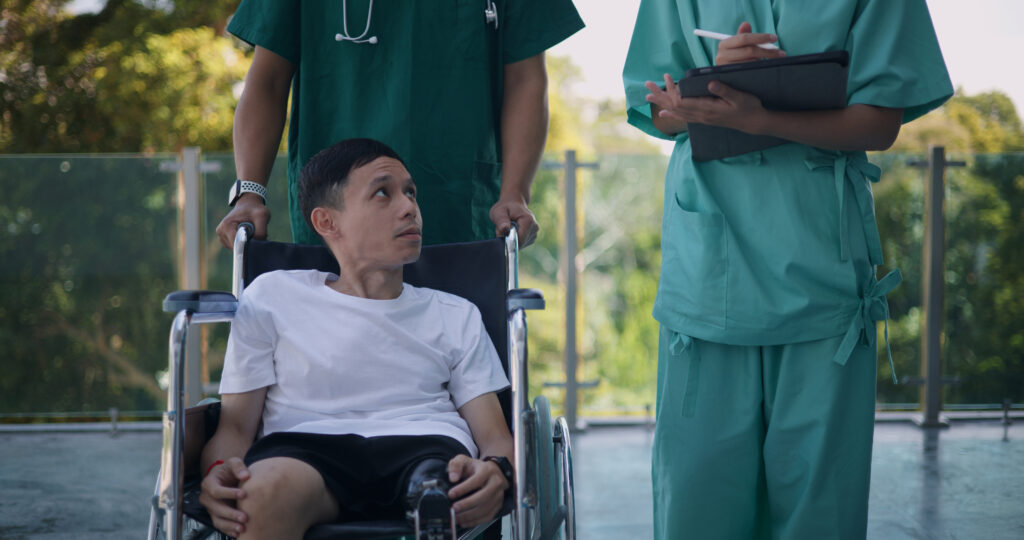
What We Do
Medical Publications
Some of our rare publications principles include:
- Progressive publication thinking: Like everything else in rare, publications are different and deserve a fresh, hyper-targeted approach.
- Enhancing the rare presence: Just 0.2% of medical literature is composed of rare-focused publications. We help you find your share of voice in rare. It is so important that we do, but it is more important that you do.
- Core commitments: We believe in open access. We believe in patients as authors. We believe in informing trial participants of results as part of the publication plan. We believe in communicating results to the whole community via PLSPs and compliant social media posts.
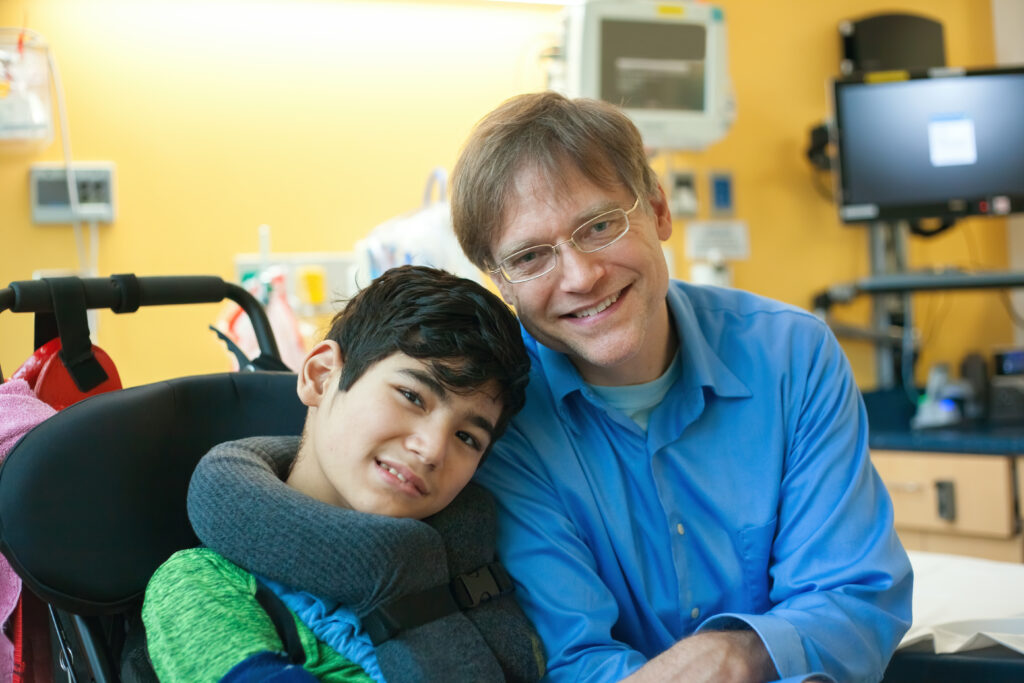
Scientific Communications
Our approach to scientific communications celebrates that rare patients, advocates, and caregivers are critical shapers of their rare disease ecosystem.
- Rare insights: Understand the patient journey, define the burden of disease, find patients - our experienced team uses rare community insights to help you build a strategic foundation that is designed to work in your rare ecosystem.
- Rigorous content: Build clinical suspicion, reduce diagnostic delays, optimize care - our advanced-degree writers, strategists, and community experts collaborate to develop content that educates and motivates.
- Dynamic events: Build community, motivate, generate insights - our live and digital events employ adult learning principles and experiences that enable change.
Meet Our team
When we say we live rare – we mean it. 70% of the rareLife team has been personally impacted by rare diseases. Here are some of our team’s stories.

Dan | Carrier and Caregiver
Dan and his wife Nicole were recently married and pregnant with their 1st child, Nicole is of Ashkenazi Jewish descent while Dan is of Irish, Italian Catholic descent. Their pediatrician decided to test Dan for genetic diseases given Nicole’s ancestry. Later that week they received a panicked call from the doctor because Dan tested positive for Tay Sachs Disease. The doctor urgently requested Nicole get tested as well. Fortunately, Nicole’s test was negative. This experience was in the pre-internet days so the only information the family received was from the pediatrician who put quite a fear into the new couple as they were just entering into parenthood. Dan and Nicole now have 6 kids, all of whom are aware that they may be carriers too, and will get tested as part of their own family planning. As a caregiver, Dan was part of his mother’s care team, who was taken too early by a very rare cancer. There were no treatments, no clinical trials and very little published information. Dan’s family found they knew more about the disease than many of the physicians they met.
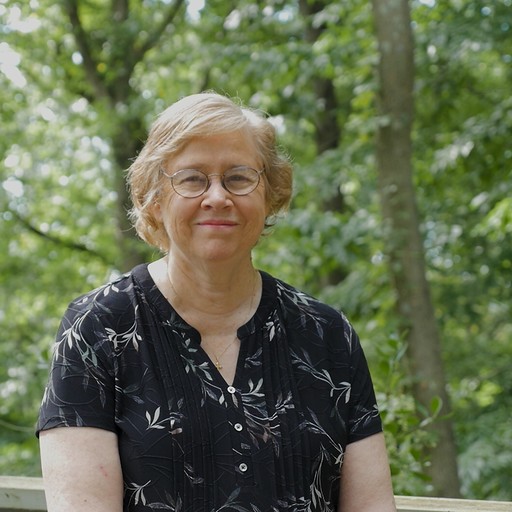
Michele | Rare Mom
Michele’s daughter Lizzie exhibited early symptoms that something was not right including being floppy at birth, very slow development and she had a hard time eating. At 2 years old, Lizzie began to rapidly gain weight. Her behavior was increasingly difficult to manage. It took 13 years to get a proper diagnosis of Prader-Willi Syndrome. Like many rare diseases there were no treatments available except behavioral medicines. Sadly, Lizzie was asked to leave her first 2 schools due to those behavior issues. At 19, she moved into group homes until her death at 31. The Lizzie her mother knew was full of love and care for her housemates and the most vulnerable individuals. She had an artistic sense and loved music. Her sense of humor tended towards enjoying adults doing silly things and her favorite roles were caregiver to others and walking Ringo the donkey at Camphill School where Michele was told; “She is the only one more stubborn than Ringo.”
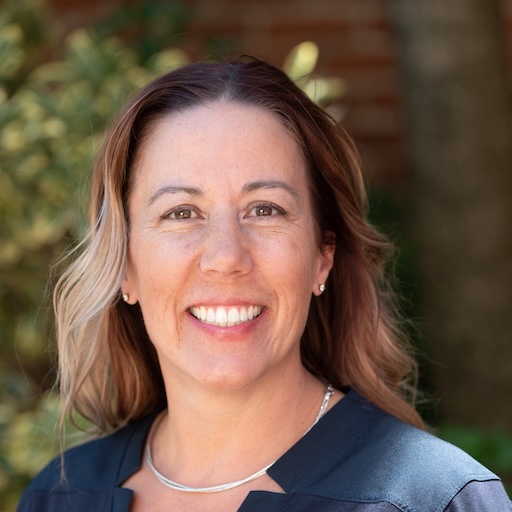
Laura | Rare Mom
Laura’s daughter Abbey was a seemingly healthy, athletic 13-year-old child. One evening Laura was contacted by a long-time family friend who said; “Abbey’s eyes seem enlarged…kind of bulging? I’m not sure how to describe it, but definitely different.” As a precaution, Laura took Abbey to a family doctor then a specialist where she was diagnosed with Graves’ disease and Thyroid Eye Disease. The family was both concerned and scared as they found tons of misinformation in social media including things like: “I’ve lost all my muscle mass…When I wake I have to wait 15 minutes to be able to move…” and, “I couldn’t open a bottle of water and it was hard to pick up my baby.” Like many rare disease families, they found it hard to find credible information anywhere. Fortunately, Laura has a science background and has worked in the pharma space for 25 years, so today the family are informed partners with Abbey’s endocrinologist, and Abbey is thriving as a sophomore in college.
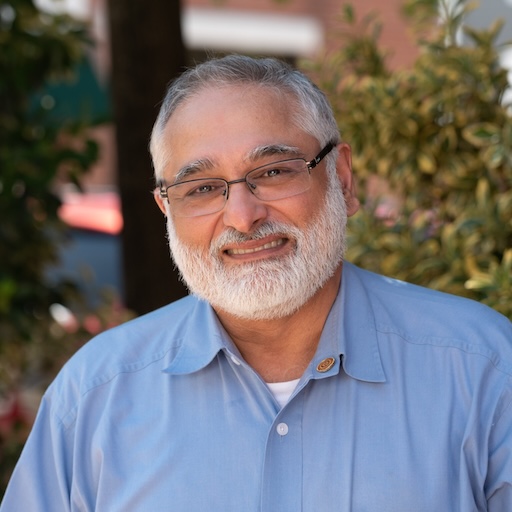
Mukund | Rare Son
Mukund's father was misdiagnosed several times before finally being diagnosed with an uncommon type of throat cancer. The multiple delays and misdiagnoses resulted in the disease progressing to late stages. Throughout this process, Mukund and his siblings found that they knew more about what was ailing their father than did the physicians – a common theme among patients with rare diseases and their caregivers. The family witnessed their patriarch fighting a progressively losing battle before succumbing to the disease. Mukund also lost an uncle to ALS. For him, working to increase awareness and helping patients with rare diseases and their caregivers through improved medical communications is a personal mission.
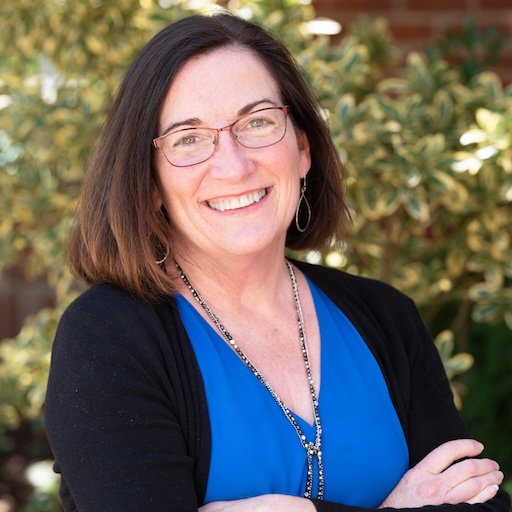
Patti
I have been touched in so many ways by the people who make up the rare disease community: patients and the mothers, fathers, siblings, spouses, and friends who care for and love these individuals and walk the rare walk with them every day. I have been inspired by the individuals who give so much of themselves to improve the rare experience: the champions who lead nonprofit organizations, the healthcare providers who treat with dedication and compassion, and the professionals at biopharmaceutical companies who discover and bring to market innovative new therapies designed to improve the lives of those living with rare disease. The whole rare ecosystem is a rich mix of hopes and struggles, defeats and victories. I count myself as fortunate that, through rareLife solutions, I can support rare families by working to build community and contribute toward the development and commercialization of life-changing rare therapies. Working in rare is a rare inspiration and a reason to give my all every day.
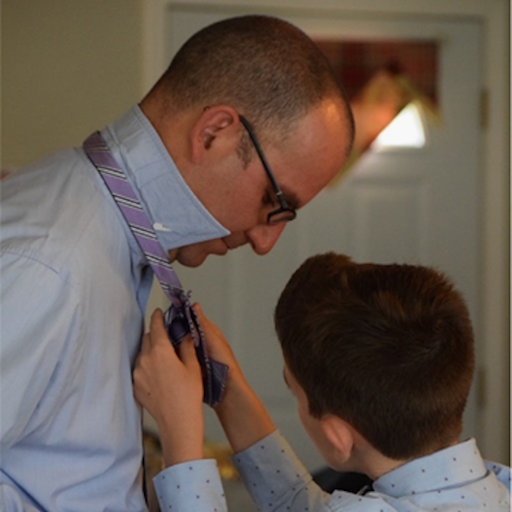
EJ
As a Client Services Director at rareLife solutions, I bring both a strategic mindset and a deep personal commitment to improving the lives of those affected by rare diseases—including the patients, advocates, and caregivers (the PAC) who so dearly need the help of "the village". With so many rare conditions under-recognized and under-treated, I believe that well-executed educational initiatives—developed through strong partnerships with industry, healthcare providers, and the PAC—can be truly transformative for clinical practice and patient support. With this partnership, we continue to push for new therapies and advancements in treatment. This is the why EVERY day. Serving the rare disease community isn’t just a professional goal—it’s a personal passion. I am proud to help shape programs that elevate awareness, foster earlier diagnosis, and support healthcare professionals in delivering better care. I look forward to continuing to lead collaborative initiatives that bridge knowledge gaps and improve outcomes in some of the most underserved areas of medicine.

Hugh
As a Senior Director of Solutions Development, I have the privilege of designing and delivering meaningful programs that directly support the rare disease community. Every initiative I lead is fueled by a deep sense of purpose—because in rare, every detail matters, and every voice deserves to be heard. What inspires me most is the opportunity to translate complex challenges into tailored, impactful solutions that elevate awareness, accelerate understanding, and ultimately help improve outcomes for people living with rare and ultra rare conditions. Collaborating with patients, advocates, caregivers, and healthcare professionals, I’m constantly reminded that this work is not just strategic—it’s deeply human. Contributing to the rare disease space means knowing that what we build together can drive change, foster hope, and bring visibility and a sense of connection to those who may feel unseen and alone. I’m also proud to serve on Connecticut’s Rare Disease Advisory Council's Awareness Committee — a meaningful way to stay connected and contribute at the local level, helping to shape policies and amplify the voices of the rare community close to home. It’s a constant reminder to me of why this work matters.
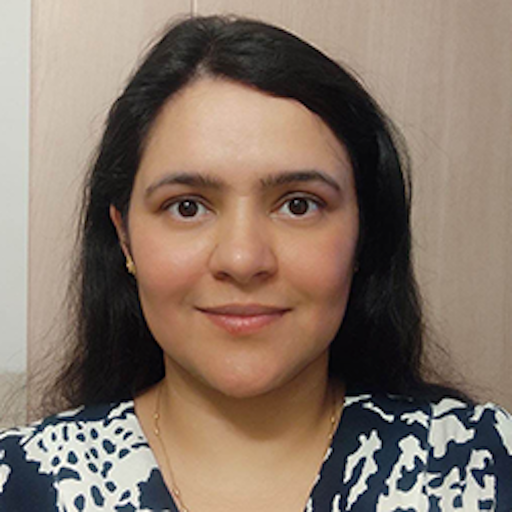
Sonali | Rare Mom
When Sonali’s son Ivaan turned nine months old, he began developing a swelling on the right side of his face. The swelling grew rapidly, prompting Sonali and her husband Arjun to consult Ivaan’s paediatrician. Suspecting an infection, the paediatrician recommended an ultrasound, which was initially misread by the radiologist as acute bacterial parotitis. Based on this, Ivaan was prescribed antibiotics. However, as the swelling continued to increase, Sonali and Arjun sought opinions from multiple doctors and radiologists in search of an accurate diagnosis. Eventually, a radiologist friend of Sonali performed another ultrasound, suspected the swelling could be an infantile parotid hemangioma, and recommended she consult a senior radiologist for an MRI. The MRI was reviewed by the senior radiologist, who diagnosed Ivaan with infantile parotid hemangioma, a rare, benign tumor of the parotid gland. Fortunately, after several misdiagnoses and much persistence, Ivaan received the correct diagnosis and is now doing well. After this harrowing journey with her baby, Sonali carries a quiet, enduring empathy for those navigating the shadows of misdiagnoses and delayed treatment, especially in the world of rare diseases.
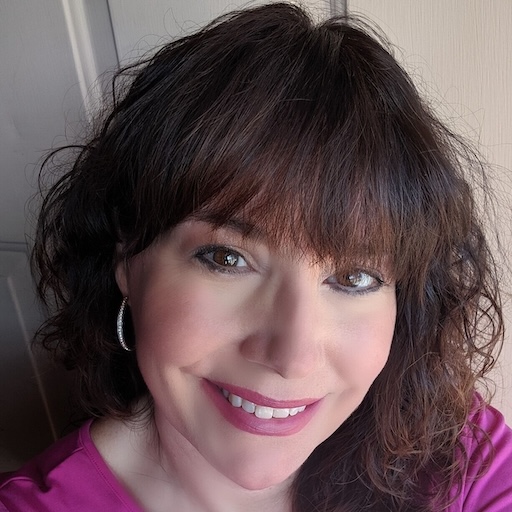
Lynda | Rare Patient
Lynda was misdiagnosed for a decade with exercise-induced asthma and was prescribed inhalers that were ineffective. One doctor said she was “just out of shape.” During a stress test, a cardiologist noticed that Lynda’s oxygen saturation dropped into the 80s and her blood pressure spiked. Her heart was healthy, so the cardiologist referred her to a pulmonologist with a very clear message: “Tell him to evaluate you and not just throw another inhaler at you. Something’s wrong.” After a series of tests, Lynda was diagnosed with bronchiectasis and Mycobacterium avium complex (MAC) infection. These organisms are harmless for most people but can cause serious lung disease in individuals with bronchiectasis. The cavitary form of the disease can be fatal. Standard treatment for MAC is a 12-18 month course of multiple antibiotics, some with serious side. MAC is slow growing, and Lynda’s case is currently mild. She and her doctor have chosen watchful waiting along with daily nebulized 7% hypertonic saline and airway clearance techniques. MAC is everywhere, but developing an actual infection from it depends on a mix of environmental exposure and individual susceptibility. That specific combination makes it a rare disease. What was so frustrating for Lynda was the delay in diagnosis caused by lack of awareness.

Kim
I’ve worked in medical publishing occupations for 32 years, 20 of which are in agency environments and 13 so far in rare diseases. Rare disease work allows me to meld the intricacies of anatomy and genetics with the tangible impact of care on patients’ and families’ experience. I’m humbled by and constantly learning from the insight and dedication of our physician collaborators. As a person with a common motor disability whose prose is able-bodied, I find publishing, educating, and communicating on rare diseases affecting mobility to be a meaningful act of solidarity.
How is rare disease different?
People always say rare is different. We agree.
That’s why you need an agency that thinks and acts differently.
our clients + Partners
Our approach to scientific communications celebrates that rare patients, advocates, and caregivers are critical shapers of their rare disease ecosystem.
